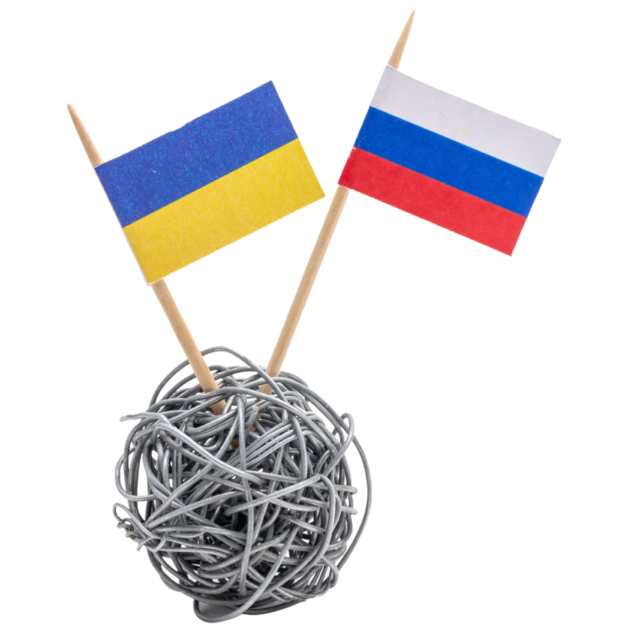The Economic Costs of the Russia-Ukraine Conflict
 Pub. Date
Pub. Date
02 March, 2022
 Pub. Type
Pub. Type

Main points
- Using our Global Econometric Model, NiGEM, we estimate that the conflict in Ukraine could reduce the level of global GDP by 1 per cent by 2023, which is about $1 trillion off global GDP (Figure 1) and add up to 3 per cent to global inflation in 2022 and about 2 percentage points in 2023.
- Russia and Ukraine are important suppliers of commodities, including titanium, palladium, wheat, and corn, and we envisage supply chain problems intensifying for users of such commodities, including car, smartphone, and aircraft makers.
- Europe is the region affected most, given trade links and reliance on Russian energy and food supplies; emerging markets are affected less than advanced economies.
- We expect higher public spending to support a massive inflow of asylum seekers from Ukraine and to bolster military spending, which will limit adverse effects on European GDP, though both are likely to add to pressure on resources and therefore inflation.
- The sanctions costs to Russia are partly offset by higher prices for gas and oil exports but the net effect on the economy will be negative with Russian GDP expected to contract by 1.5 per cent this year and more than 2.5 per cent by the end of 2023.
- Russian inflation is expected to soar above 20 per cent this year. Western inflation to go still higher with recession risks mounting.
- We see the impact on the UK could be to reduce GDP growth by around 0.8 per cent to 4.0 per cent in 2022 and to 0.5 per cent in 2023.
- For the UK, we now expect inflation to average 7 per cent in 2022 and 4.4 per cent in 2023, up from 5.3 per cent and 2.7 per cent, respectively, in our February Outlook.
- The war intensifies the dilemma facing monetary policy makers since it will add to inflation but weaken growth and damage consumer and business confidence, already undermined by Covid-driven price increases.
- Our advice is for central banks to proceed carefully but to use communication to signal that any delays in rate hikes are merely postponements, not cancellations.



